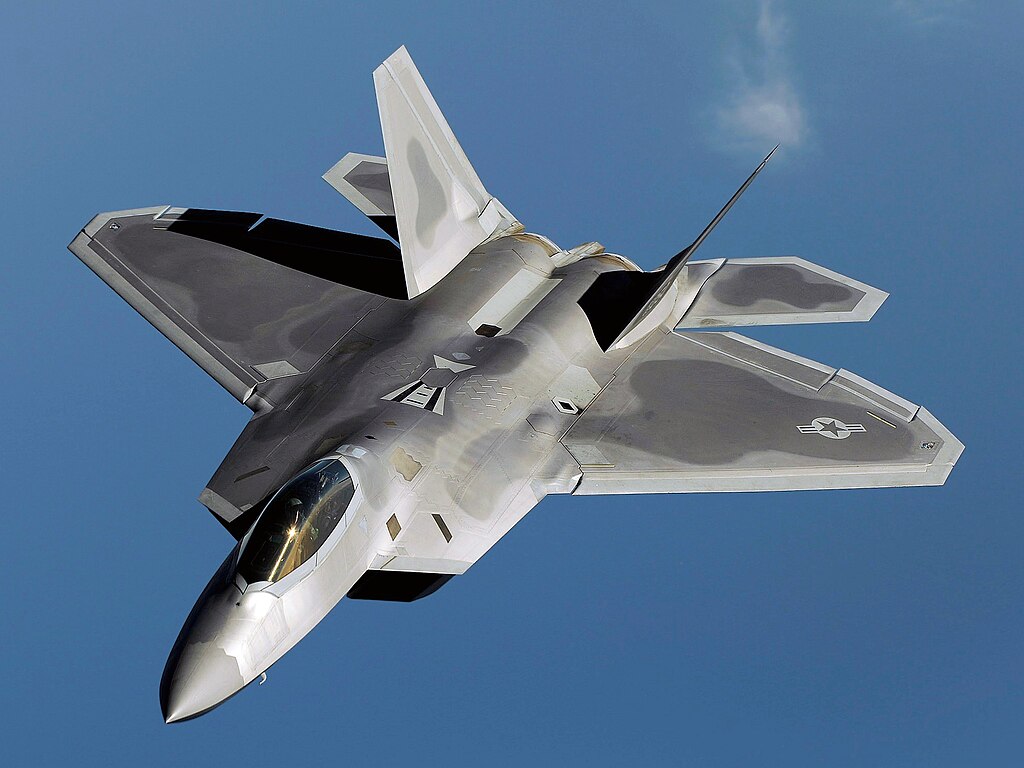
Stealth wins. That’s the blunt truth many air combat analysts return to when comparing the U.S. Air Force’s upgraded F-22 “Super” Raptor with Sweden’s latest JAS 39E/F Gripen. But the real story is far more layered, shaped by doctrine, technology, and the very different strategic realities each aircraft was built to serve.
On one side is the Raptor-the purpose-built air dominance fighter now undertaking a sweeping modernization to keep it lethal into the 2040s-while on the other is the Gripen, a nimble, cost-effective multirole jet able to punch far above its weight thanks to advanced avionics, potent weapons, and operational flexibility. Both have impressive combat pedigrees, but their strengths diverge sharply.
This breakdown explores nine key areas-from stealth shaping to weapons integration-which show that in a clean duel, the advantages enjoyed by the F-22 remain formidable; meanwhile, the Gripen remains a serious real-world contender because of its versatility.
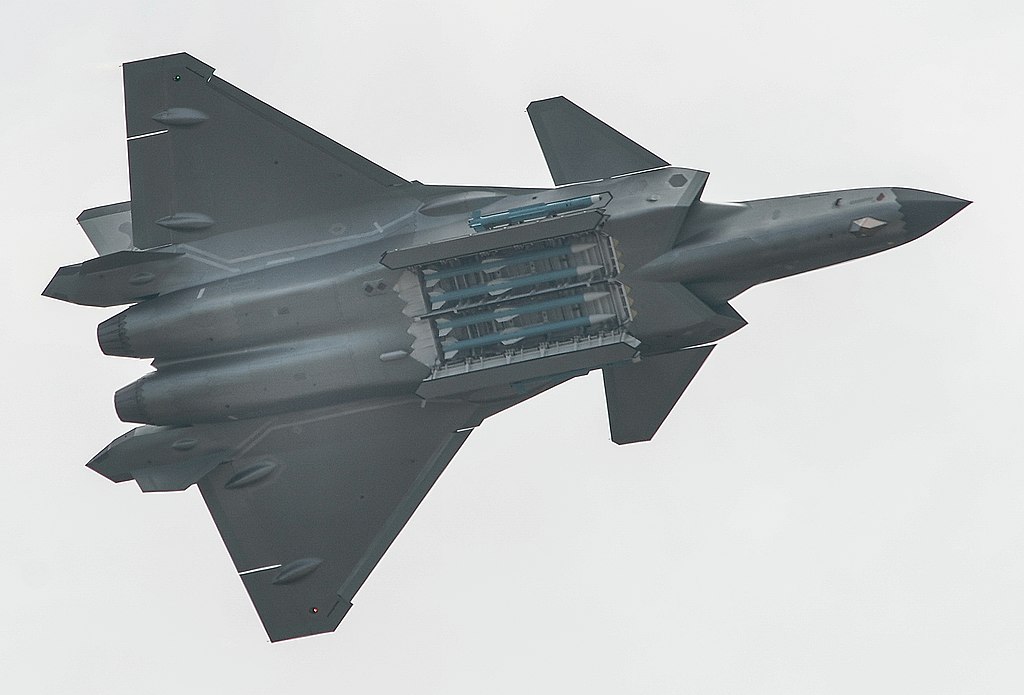
1. Stealth as a Force Multiplier
From the outset, the F-22’s airframe was sculpted for all-aspect low observability, with radar-absorbent coatings, internal weapons bays, and faceting that minimizes radar cross-section. The philosophy of the design gives it an edge in beyond-visual-range combat with first-look and first-shot advantages. By contrast, the Gripen E, while incorporating some measures to reduce its radar signature, does not possess full fifth-generation stealth. Where Swedish engineers have compensated is with advanced electronic warfare suites and decoys, but these can only partially offset the lack of inherent shaping and coatings.
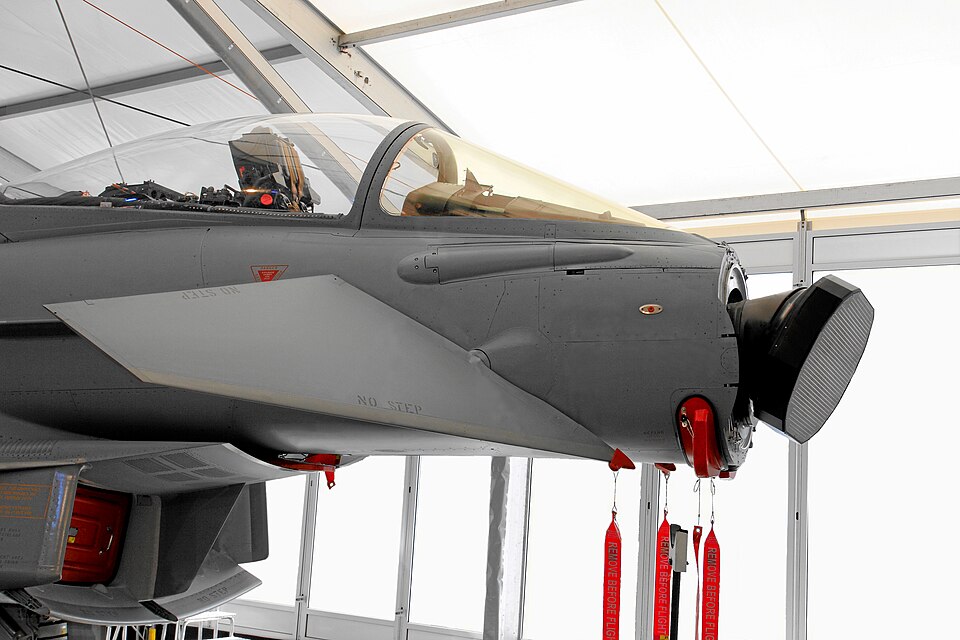
2. Sensor Fusion and Passive Detection
Recent F-22 upgrades include the IRDS and podded IRST derived from Lockheed’s TacIRST family, allowing for the passive detection of airborne threats without the aircraft emitting radar. According to Mike Shoemaker at Lockheed Martin, these will extend the Raptor’s ability “to detect, track, ID, and eventually target, at range.” The Gripen E counters with its Raven ES-05 AESA radar and Skyward-G IRST networked to share targeting data across formations. The distributed sensing is powerful, but the Raptor’s fusion of multiple sensor types into a single tactical picture remains unmatched.
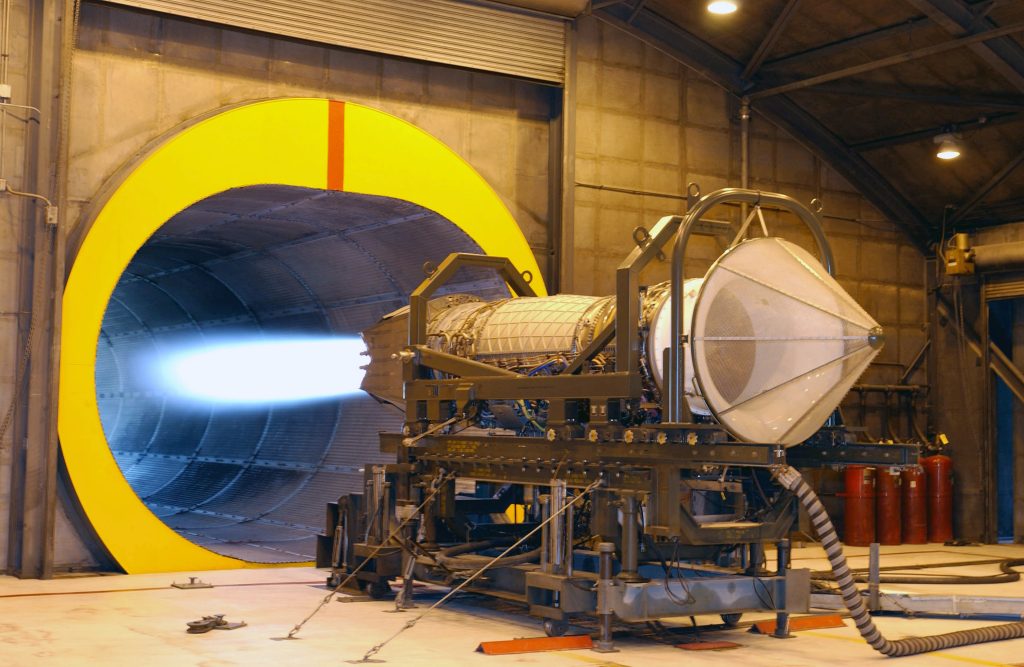
3. Engine Power and Supercruise
Twin Pratt & Whitney F119 engines give the F-22 sustained supercruise at Mach 1.5 and bursts to Mach 2.25, with 2D thrust-vectoring nozzles for extreme agility. In comparison, the single GE F414G of the Gripen E tops out at Mach 2.0 and supercruises at Mach 1.2, with great fuel efficiency and range for its class. But in raw thrust-to-weight and altitude performance-the Raptor can operate near 65,000 feet-the American jet has the advantage.
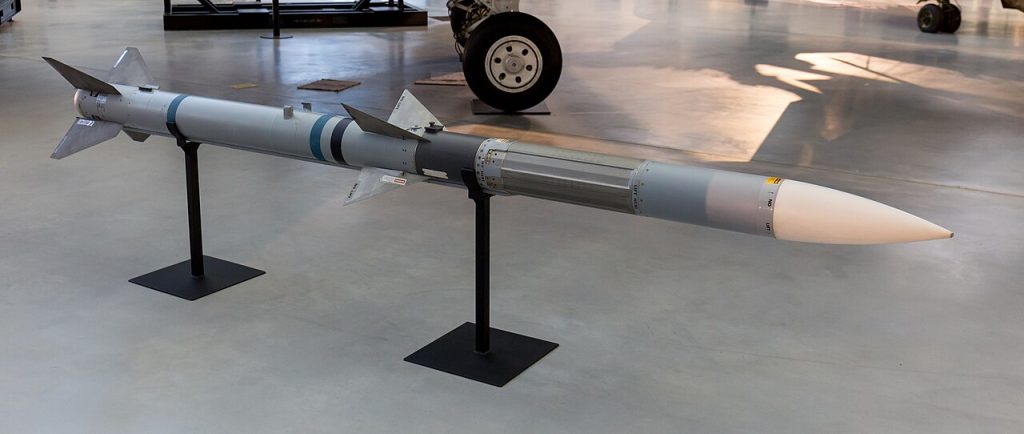
4. Weapons Load and Integration
The F-22 internally carries AIM-120 AMRAAMs and AIM-9X Sidewinders to preserve stealth, plus precision-guided bombs for strike roles. On the other hand, the arsenal is wider in mission scope aboard the Gripen E, integrating the Meteor BVR missile, the Taurus KEPD 350 cruise missile, and the RBS-15F anti-ship missile. It makes the Gripen a real multirole “weapons truck,” able to switch from air superiority to deep strike or maritime attack with minimal reconfiguration.

5. Supremacy in the Field of Electronic Warfare
The gallium nitride-based EW suite of the Gripen E is among the most advanced outside of stealth aircraft and features jamming, deception, and the deployment of countermeasures. In some threat environments, according to Stefan Englund, a former flight engineer with the Swedish Air Force, it could even render the Gripen “invisible, a ghost.” The currently in-progress F-22 EW modernization aims at detecting emergent threat waveforms and automating countermeasures via upgrades to its AN/ALR-94 to guarantee survivability against next-generation integrated air defenses.
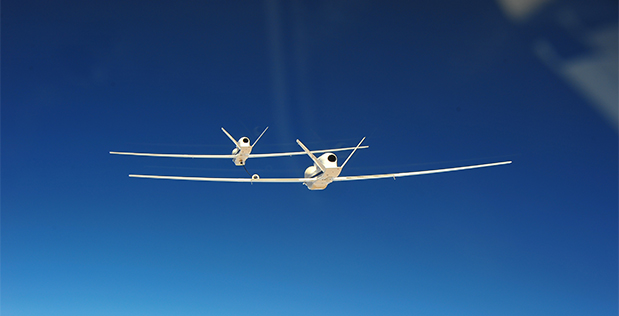
6. Operational Range and Flexibility
The fuselage of the Gripen E has been enlarged to carry 30 percent more fuel than earlier variants, providing a longer ferry range and combat radius than the F-22. Its ability to take off and land over a short distance means it can conduct dispersed operations from roads or austere airstrips-a decided advantage in Swedish defense strategy. Meanwhile, the Raptor’s LDTP upgrade extends range while maintaining supercruise, but its basing requirements remain more restrictive.
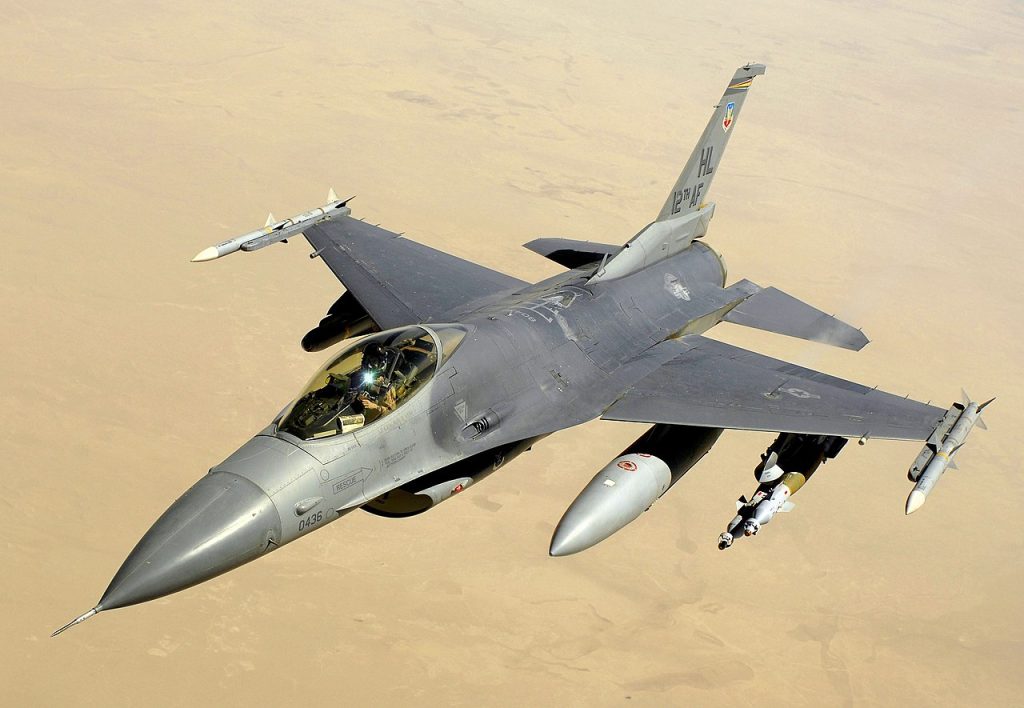
7. Combat Record and Exercises
The F-22 has operated from Syria to homeland air defense, including the 2023 intercept of a high-altitude surveillance balloon. In exercises, it has consistently dominated peer and near-peer threats. The Gripen’s exercise record is equally impressive within its weight class-from scoring 10 kills in its first Red Flag appearance to defeating F-16s and even F-15Cs in close combat during multinational drills-often without suffering losses.
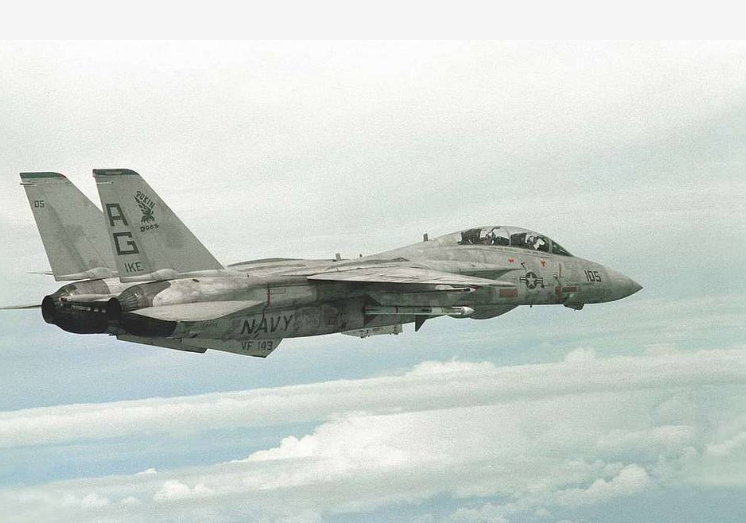
8. Cost, Availability, and Sustainment
The acquisition and operating costs of the Gripen E are much lower than that of the F-22, allowing it to achieve higher fleet availability for countries with limited budgets. The Saab design focuses on ease of maintenance and quick turn-around. The U.S. Air Force Viability program works on improving depot throughput and service-life extensions to keep more Raptors combat-coded, but the fleet is small, at about 143 combat-ready jets.
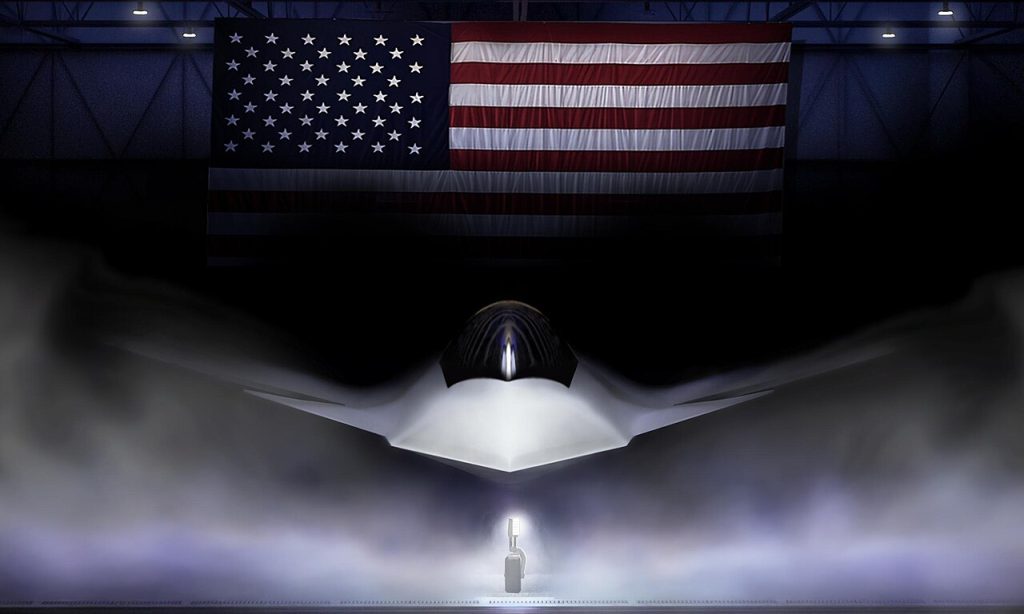
9. Future-Proofing and Next-Gen Integration
The F-22’s modular upgrades-from helmet-mounted displays to software-defined mission systems-are intended to bridge the gap to the F-47 under the Next Generation Air Dominance program. Gripen E is already exploring AI-assisted BVR combat and may well be combined with loyal wingman drones in future Swedish and export service. Both jets are evolving, but the Raptor’s role as a high-end “quarterback” in a networked battlespace is central to U.S. airpower planning.
In a sterile, one-on-one engagement, the stealth and sensor fusion of the F-22 would almost certainly decide the fight before the Gripen could respond. Yet in messy coalition warfare, budget constraints, and dispersed operations, the Gripen’s adaptability and cost-effectiveness make it a potent asset. Different tools for different doctrines-but when the mission is absolute air dominance, the verdict remains: stealth wins.

